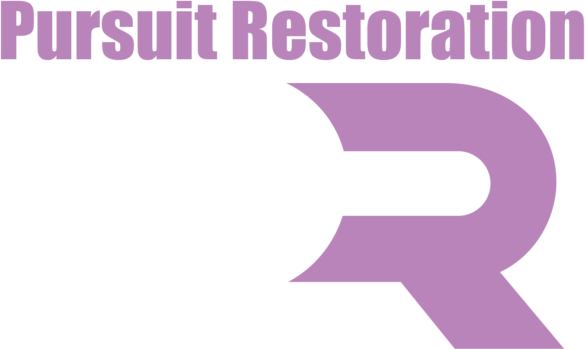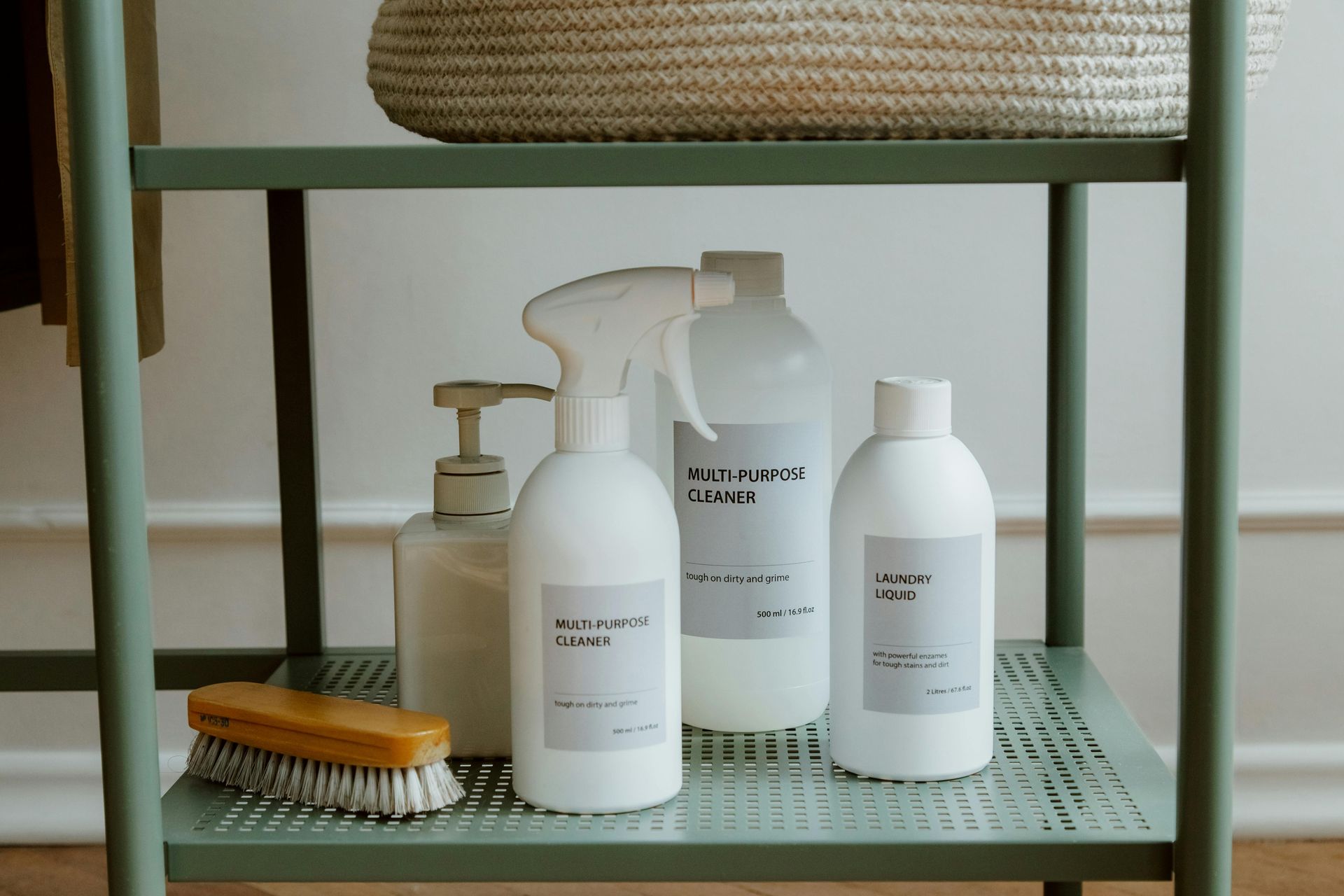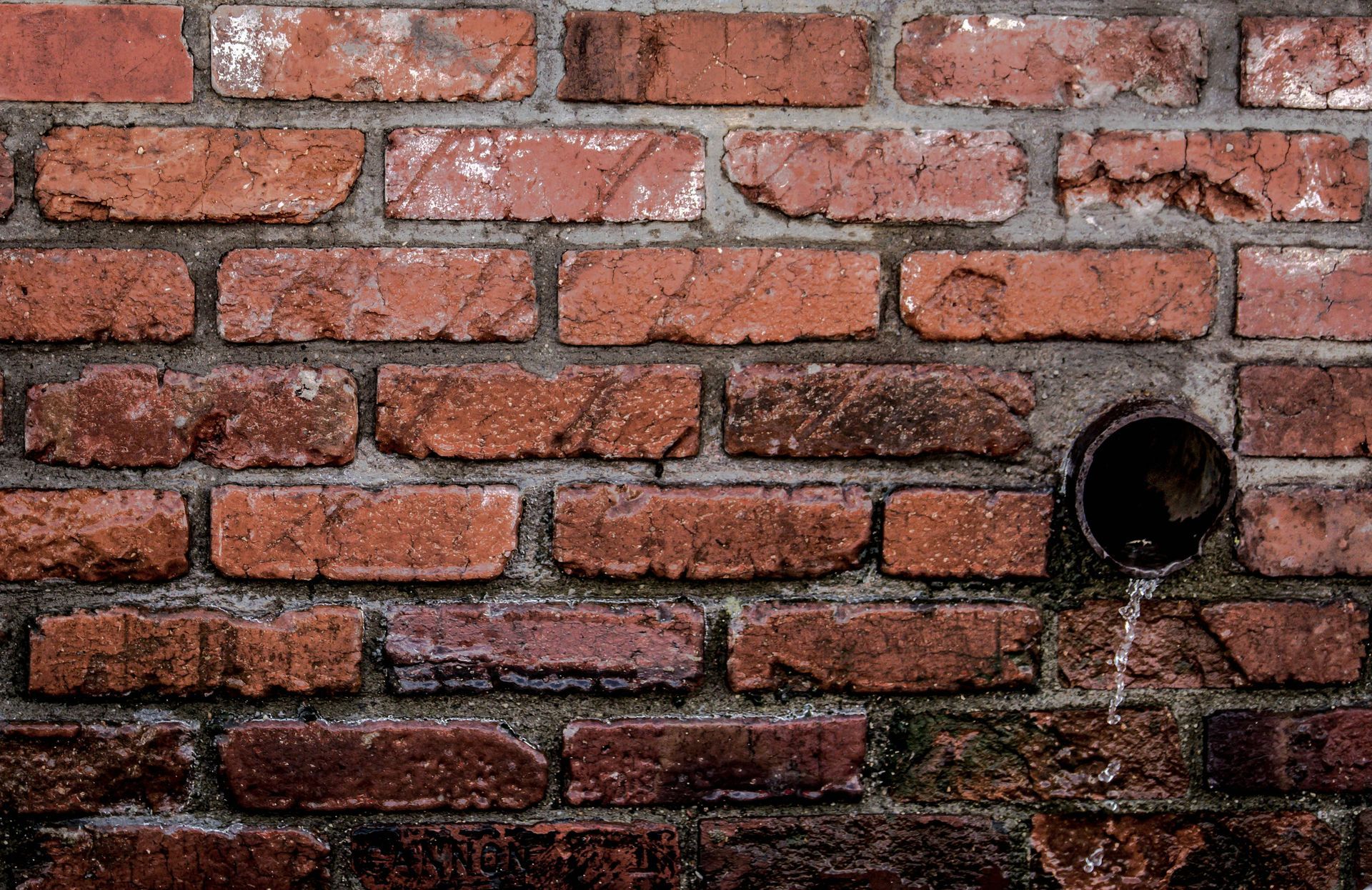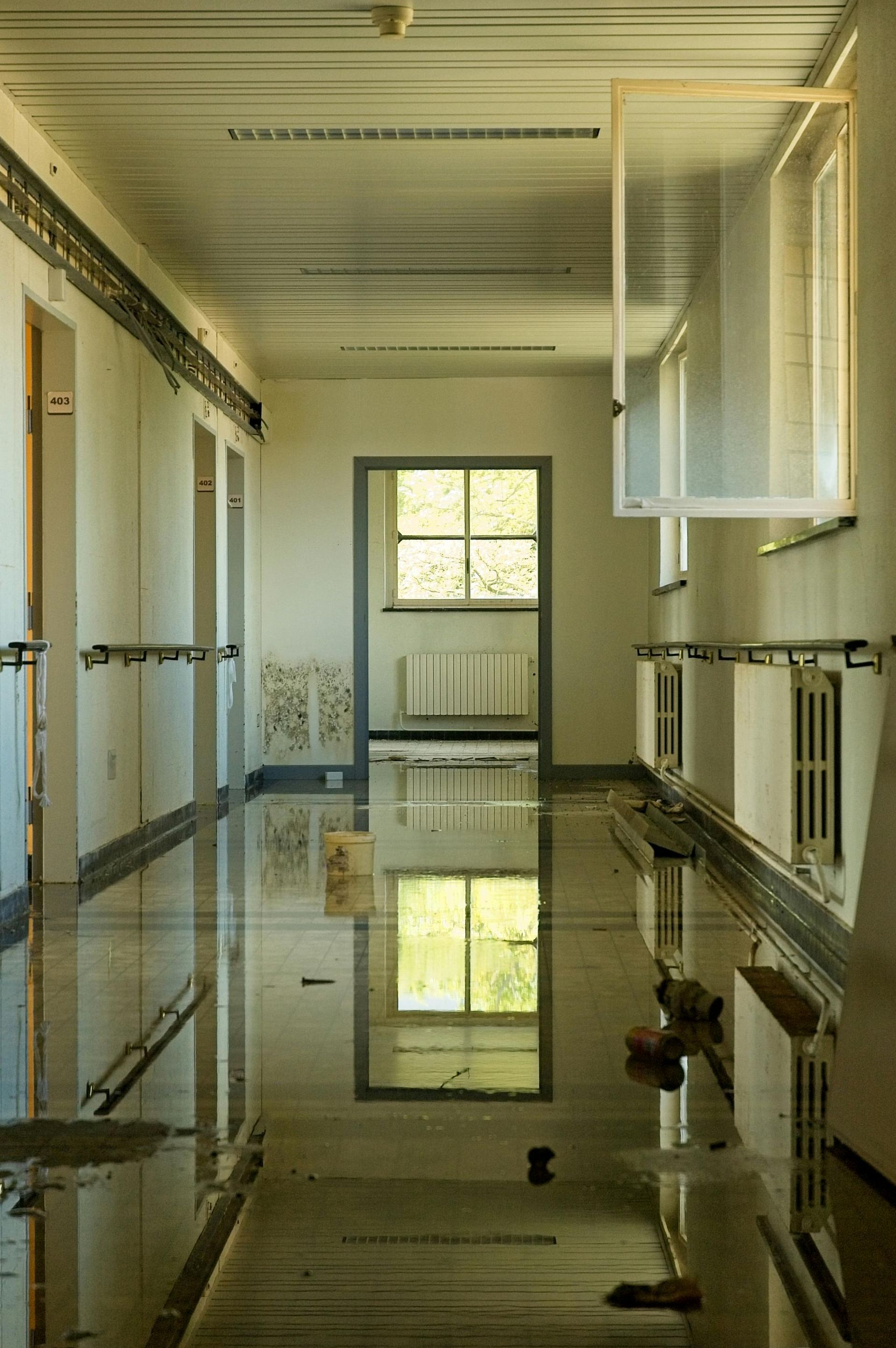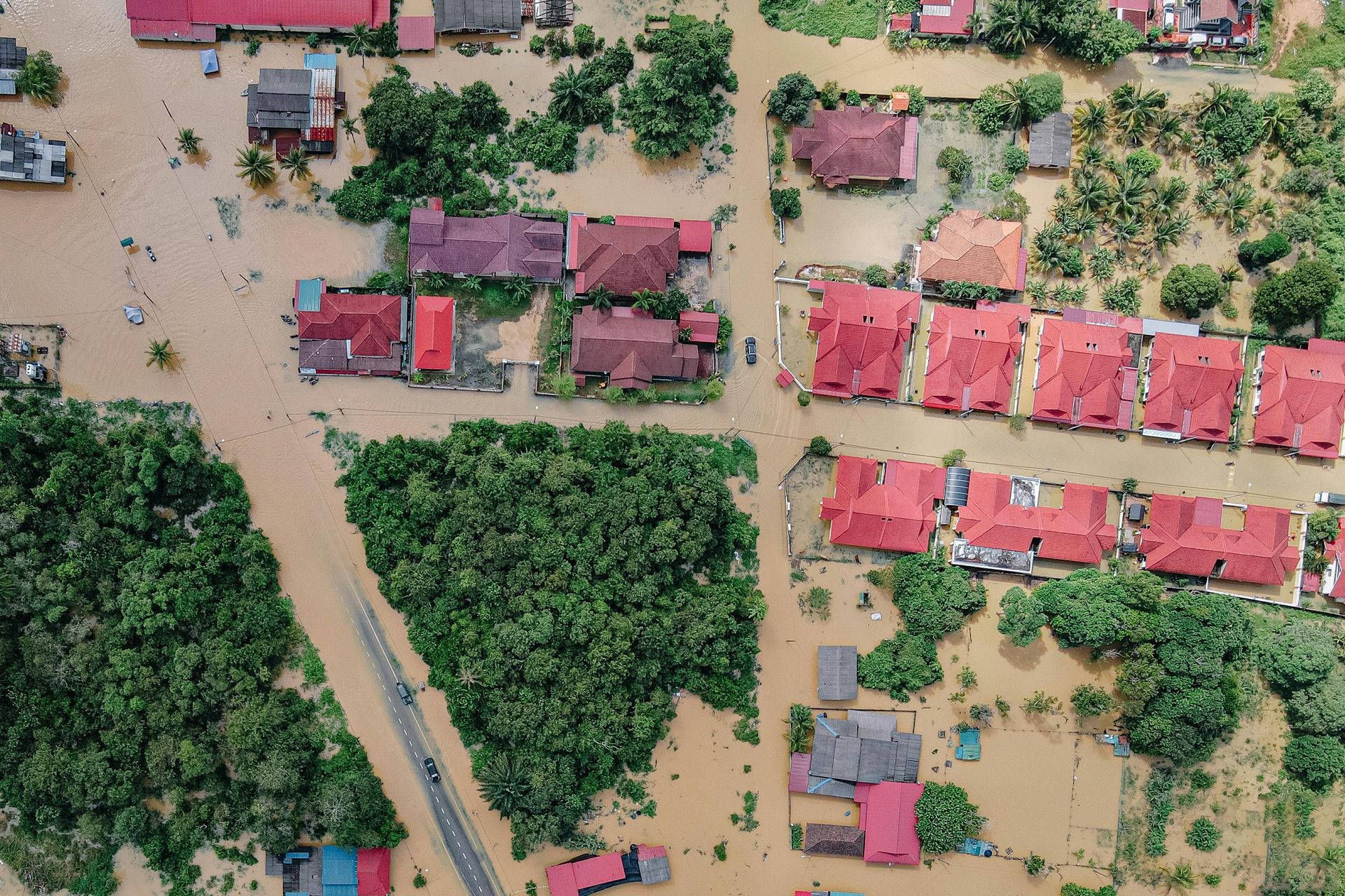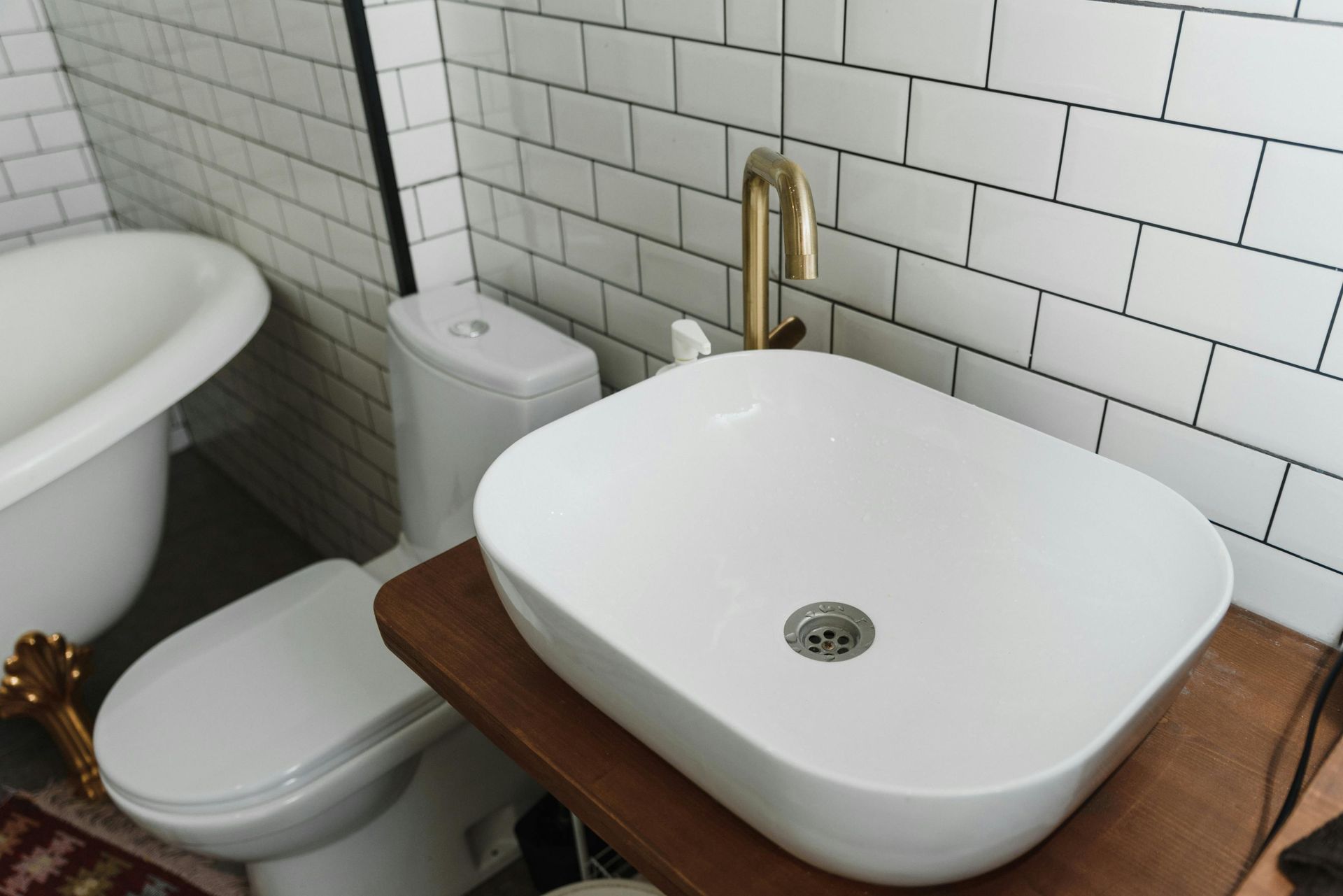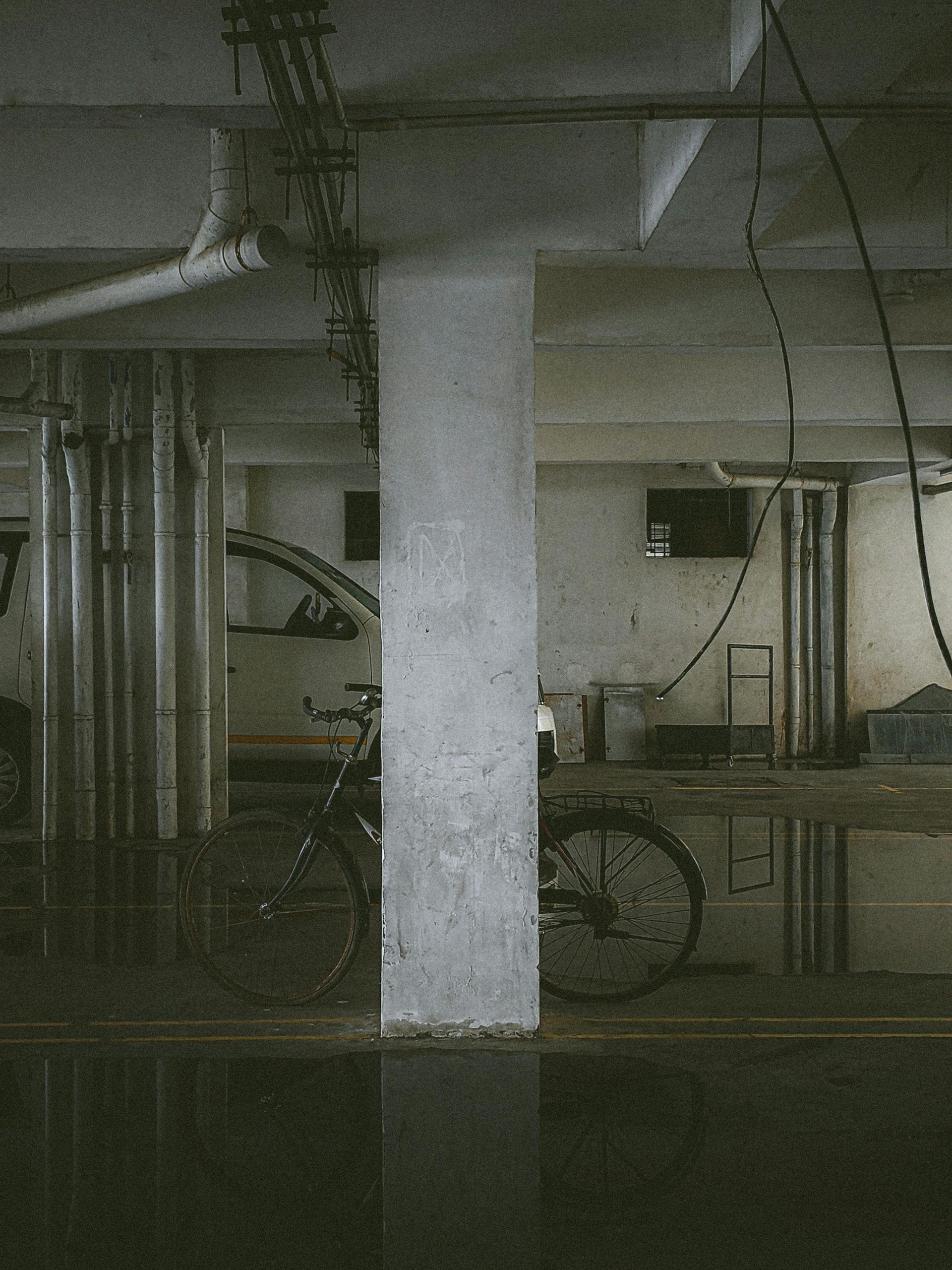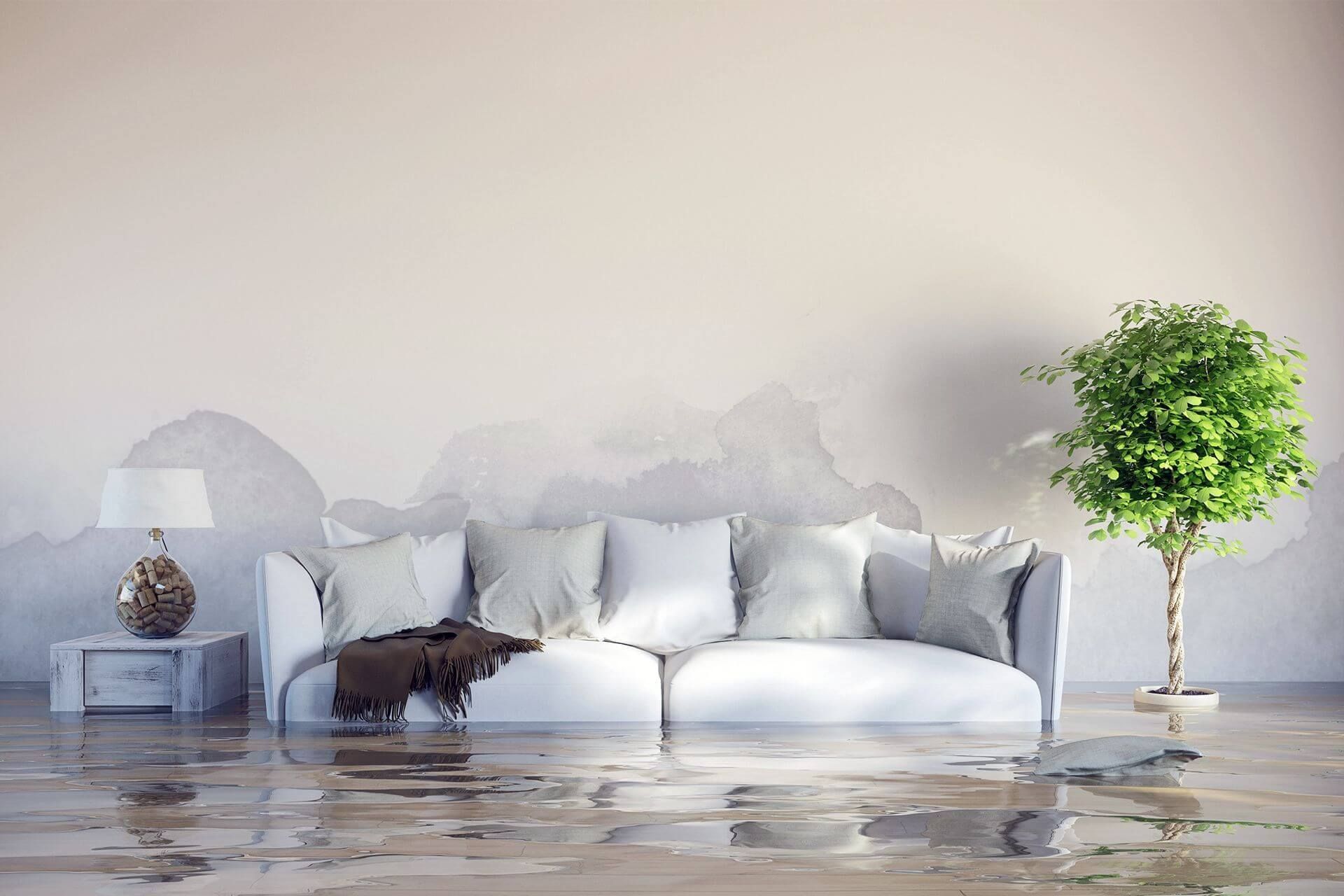Mold Remediation vs Restoration: What You Need to Know
Mold is more than just an unpleasant sight. It can spread quickly, affect the air quality in your home, and even cause structural damage if ignored. Acting fast is important, but knowing whether you need remediation or restoration can be confusing. Many people use the terms interchangeably, yet they mean very different things.
Remediation focuses on stopping mold growth and removing the immediate health risk, while restoration is about repairing and rebuilding your home to its original condition. To understand how to fully address mold damage, it helps to look closely at what remediation and restoration each involve, how they differ, and why both steps are often necessary for a complete recovery.
Let’s break down what remediation means, what restoration involves, and how understanding the difference can guide you in choosing the right steps for your situation.
Key Takeaways
- Mold remediation means stopping mold and cleaning up mold damage to keep you safe right away.
- Mold restoration comes after to fix and rebuild your home so it looks and works like before.
- Remediation focuses on the problem itself, while restoration is about making things whole again.
- Both steps usually happen one after the other and work together to fully fix mold damage.
- Knowing the difference helps you take quick action and choose the right help for your home.
What Is Mold Remediation?
Remediation is the process of removing or controlling harmful conditions so they no longer pose an immediate risk to people or property. In the case of mold, remediation means finding where mold is growing, stopping it from spreading, and cleaning it up so the environment becomes safe again. The goal is not to fully rebuild or restore, but to reduce or eliminate the hazard.
Remediation can take different forms depending on the problem.
- Drying out water damage to stop mold from forming.
- Removing mold colonies with specialized cleaning methods.
- Disinfecting surfaces to prevent regrowth.
- Filtering polluted air or treating contaminated water.
- Cleaning up hazardous materials like asbestos or soot residues after a fire.
Think of remediation as the first step when something harmful is discovered. By tackling the source of the problem and removing immediate threats, remediation sets the stage for restoration to bring the space or environment back to its original condition.
What Is Mold Restoration?
Restoration is the process of returning a property or environment to its original or pre-damage condition. Once remediation has removed the immediate hazards, restoration takes over to rebuild what was lost or damaged. This stage focuses on long-term recovery and making the space fully functional and livable again.
Restoration efforts can look different depending on the type of damage.
- Replacing drywall, flooring, or insulation after mold or water damage.
- Rebuilding structures affected by fire or flood.
- Restoring indoor air quality with repairs to HVAC systems.
- Rehabilitating natural environments, such as replanting vegetation or restoring wetlands.
While remediation makes an area safe, restoration makes it whole. In mold cases, this means repairing or replacing damaged materials so your home looks, feels, and functions as it did before the mold appeared. Both steps are important, but restoration ensures the complete return to normal.
Key Differences Between Remediation and Restoration
Remediation and restoration work toward the same overall goal, but they focus on very different stages of the process. Remediation handles the immediate hazard, while restoration takes care of rebuilding and recovery. Understanding these differences helps you know what to expect when dealing with mold or other kinds of property damage.
Here is a side-by-side comparison:
| Aspect | Remediation | Restoration |
|---|---|---|
| Purpose | Stop and remove hazards like mold, pollutants, or toxins. | Return property or environment to its original state. |
| Scope | Focused on the specific hazard or contamination. | Comprehensive, addressing structure, function, and appearance. |
| Timeline | Immediate or short-term to ensure safety. | Longer-term to fully repair and restore. |
| Outcome | Reduced or eliminated threat to health and safety. | A fully recovered home, building, or ecosystem. |
| Example | Removing mold colonies and disinfecting surfaces. | Replacing drywall, flooring, and repainting after mold removal. |
For example, if mold appears in a home after water leakage, remediation begins by stopping the moisture source, removing the mold, and cleaning the affected areas to make the environment safe. Once the mold is gone and the area is dry, restoration starts by replacing damaged drywall, flooring, and repainting walls so the home looks and feels like it did before the problem.
This clear division between stopping the hazard and fixing the damage highlights why both remediation and restoration are necessary steps in effective mold recovery.
How Remediation and Restoration Work Together
Remediation and restoration are often two sides of the same coin when it comes to recovery from mold or other types of damage. In most cases, both processes are needed in sequence to fully fix the problem and restore safety and comfort.
Typically, remediation comes first to stop any ongoing damage and remove health hazards. For example, it removes mold, dries out wet areas, and disinfects surfaces. Only after these hazards are controlled can restoration begin. Restoration focuses on repairing or rebuilding damaged areas so they return to their original condition.
This teamwork ensures that the problem does not return and that the property is fully functional again. Without remediation, restoration might be incomplete or unsafe. Without restoration, a safe environment might still feel damaged and unusable. Together, they provide a full solution for environmental health and property recovery.
Common Applications of Remediation and Restoration
Remediation and restoration are used in many industries and settings to address damage and contamination. Understanding how they differ helps clarify what kind of service or action is needed.
Common applications include:
- Environmental cleanup projects, such as removing pollutants from soil and water (remediation), followed by ecosystem recovery and replanting (restoration).
- Property damage from floods, where remediation services involve water extraction and drying, and water damage restoration involves repairing walls and flooring.
- Fire damage, where soot and chemicals are removed during remediation, and rebuilding or repainting happens during restoration.
- Mold damage in homes and commercial buildings, where remediation removes mold and controls moisture, and restoration replaces damaged materials and repairs surfaces.
- Flood damage scenarios, where a quick response from remediation professionals is critical to prevent secondary issues like mold growth, followed by comprehensive water damage restoration to bring the property back to its pre-damage state.
Each context shows how remediation focuses on immediate hazard control, while restoration targets full recovery and return to normal conditions.
Why Knowing the Difference Between Remediation and Restoration Matters
If you live in Boise, Idaho, knowing the difference between remediation and restoration is especially important when dealing with mold or any type of property damage. Remediation is the first step that focuses on stopping hazards, removing mold, and making the environment safe for you and your family. Restoration comes next to repair, rebuild, and bring your home or property back to its original condition.
In Boise’s climate, where moisture and seasonal changes can cause mold growth, both processes are essential for a full and lasting recovery. Understanding which step you need helps you act quickly and protect your health and property investment. For mold problems or environmental damage in the Boise area, consulting local professionals can provide the best guidance tailored to your specific situation.
Take the Next Step Toward a Safe, Restored Home
Don’t wait for mold to take over your Boise home. Whether you need mold remediation to stop the problem or full restoration to repair the damage, Pursuit Restoration is here to help. You can easily schedule a service online or call us at (208) 515-6503 to learn more about how we protect homes and health across the Boise area.
